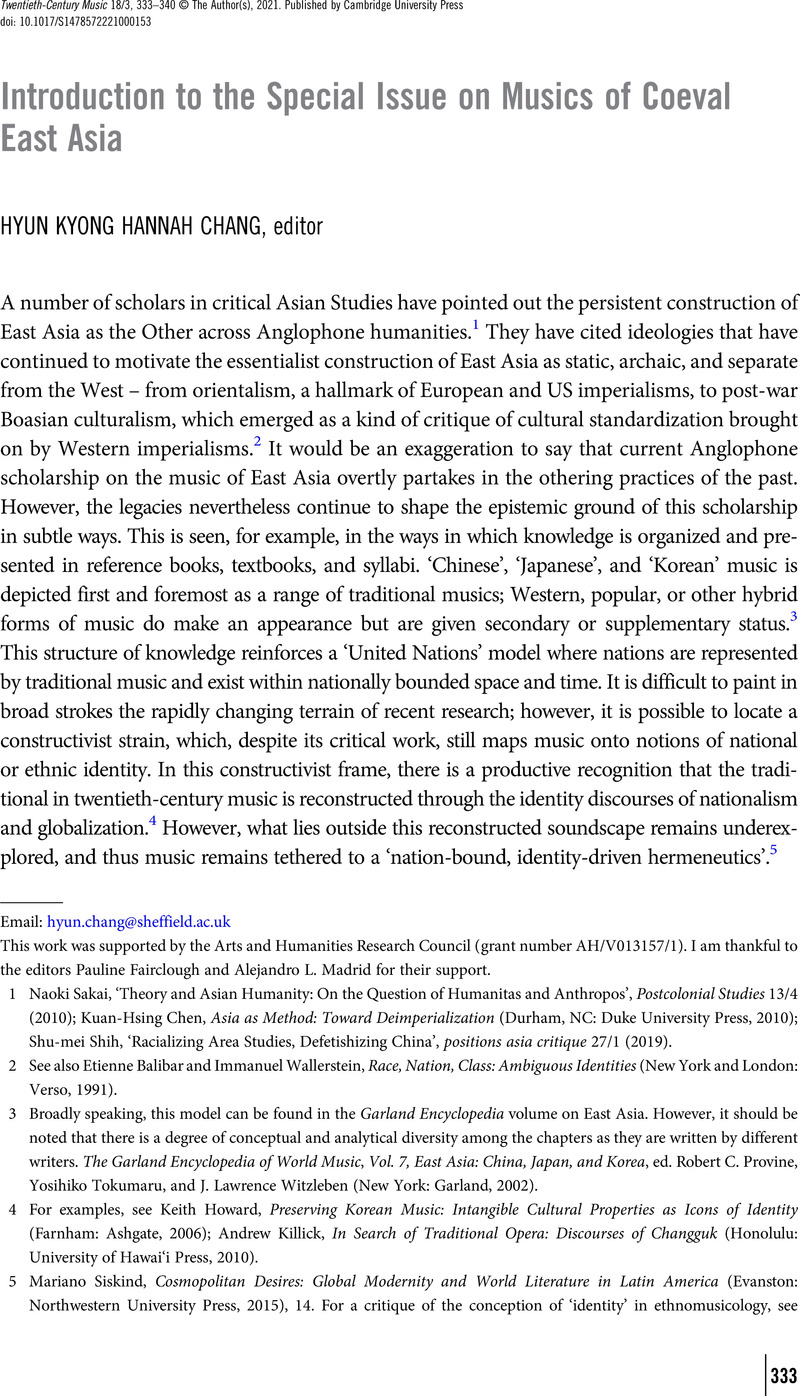Crossref Citations
This article has been cited by the following publications. This list is generated based on data provided by Crossref.
LEE, GAVIN S. K.
2023.
Global Musical Modernisms as Decolonial Method.
Twentieth-Century Music,
Vol. 20,
Issue. 3,
p.
424.
MILLER, CHRISTOPHER J.
2023.
When Is It Modernism? A Lesson from Indonesian Musik Kontemporer.
Twentieth-Century Music,
Vol. 20,
Issue. 3,
p.
292.






